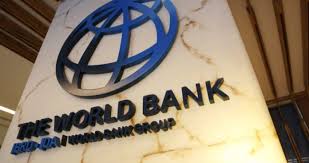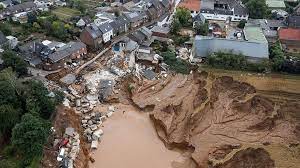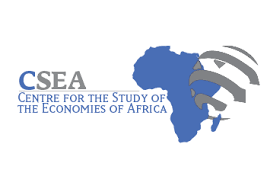Global Multilateral Development Banks (MDBs) have reported that in 2022, they committed new record of $60.7 billion to climate finance in low-income and middle-income economies, representing an increase of 46% compared to 2019 investments.
A new joint report by the MDBs indicated that out of the amount, $38.0 billion, or 63% was committed to climate change mitigation, and that $22.7 billion or 37% was used to support climate change adaptation in the affected countries.
According to the 2022 Multilateral Development Bank Report, private finance mobilized by the MDBs for climate finance in the year under review stood at $16.9 billion.
The report was published as delegates at the World Bank Group and International Monetary Fund Annual Meetings in Marrakesh, Morocco, were scaling up public climate finance, particularly for low and middle-income economies, ranks high on the agenda.
A further analysis of the report data showed that during the year, the MDBs allocated $38.8 billion to high-income economies. Of this amount, $36.3 billion, or 94%, was for climate change mitigation finance while $2.5 billion or 6%, was committed to climate change adaptation finance.
The amount of mobilised private finance stood at $51.9 billion.
With the record 2022 climate finance volumes, the MDBs have exceeded, for the second consecutive year, the 2025 climate finance targets they set at the UN Secretary General’s Climate Action Summit in 2019.
The report listed the volumes as including the delivery of a cumulative $50 billion in climate finance for low-income and middle-income economies, at least $65 billion globally, with an expected doubling in adaptation finance to $18 billion; and private mobilisation of $40 billion.
When compared to 2019 volumes, MDBs 2022 climate finance for low and middle-income countries increased by 46% ($41.5 billion) and global climate finance by 62% ($61.6 billion).
For instance, the African Development Bank’s (AfDB’s) climate finance investments, which were almost entirely disbursed to low-income and middle-income economies, increased from $2.1 billion in 2020 to $2.4 billion in 2021 and $3.6 billion in 2022.
Speaking on the interventions, the Bank Group’s Director for Climate Change and Green Growth Department, Anthony Nyong, said the institution recognized the urgency to mobilize climate finance at scale to address climate impacts and harness climate opportunities on the continent.
He further clarified: “As shown in the report, external climate funds, including Climate Investment Fund, Global Environment Facility and Green Climate Fund, continue to be the main source of co-financing. More is needed from the private sector. The African Development Bank is committed to rallying domestic and global partners to de-risk private capital to unblock the needed trillions of climate finance for Africa.”
The Joint Report on MDBs Climate Finance is an annual collaborative effort to publish climate finance figures, with a clear explanation of the methodologies for tracking progress concerning their joint climate targets, such as those announced at the UN Climate Change Conference in Paris (COP21) and the greater ambition pledged for the 2021-2025 period.
This year’s report incorporates the Council of Europe Development Bank and New Development Bank’s climate finance fully into the MDB reporting so that for the first time, all ten MDBs’ climate finance is included in the aggregated data reported. Even without the two MDBs joining the reporting, global climate finance rose to $98 billion in 2022. In addition, this year’s report includes a more detailed breakdown of MDB climate finance in least-developed countries and small island developing states.
The 2022 multilateral development bank report, coordinated by the European Investment Bank (EIB), combines data from the African Development Bank, the Asian Development Bank, Asian Infrastructure Investment Bank, the Council of Europe Development Bank, the European Bank for Reconstruction and Development, the EIB, the Inter-American Development Bank Group, the Islamic Development Bank, the New Development Bank, and the World Bank.




